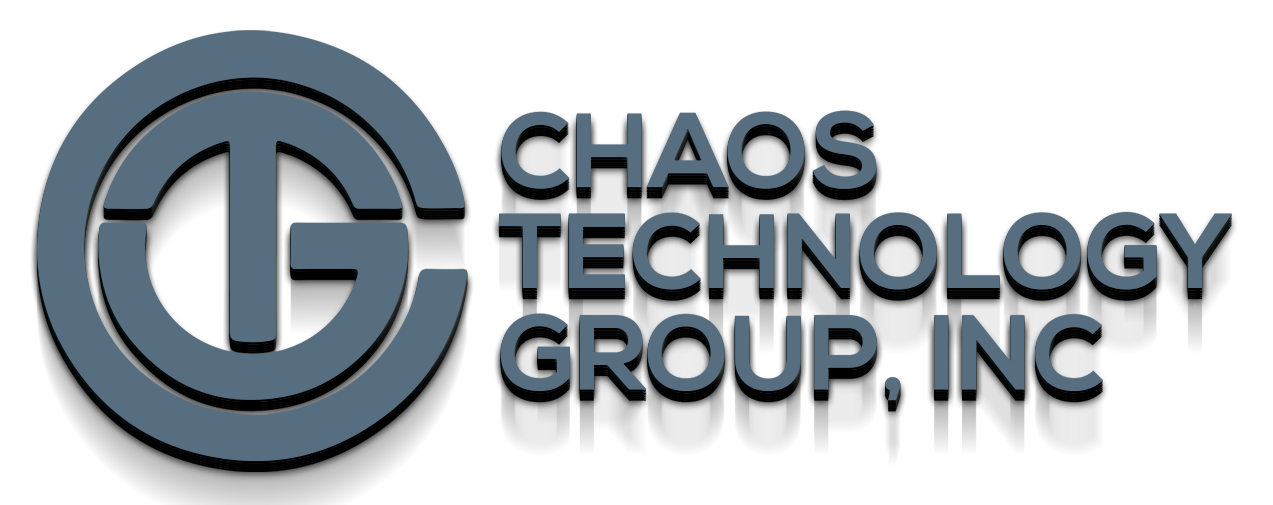Comparison of Traditional Shared File Structure to Functional Structure
When building your enterprise information management / enterprise content management (EIM/ECM) solution a solid foundation is important to the long term success of the solution. It is expensive to jack up the house to re-do the foundation at a later date, and sometimes almost impossible, so get it right from the beginning. In the information management world the correct foundation is a functional model.
In the functional structure information is stored under its purpose. In the majority of existing shared file structures information is stored under its subject. What it is about. It is easier to provide an example to illustrate.
In the existing shared file structure if there was a project, which is to say a set of tasks with a specific begin and end date, there would be a folder with the project name and under this could be several types of documents specific to the project. For example there may be a project plan, or a financial spreadsheet for tracking project costs and expenditures, or a contract which describes a relationship with a vendor. All of these documents while they have specific purposes, are about the project.
Under a functional structure, the documents would instead be stored under their purpose regardless of what they are about. For example the project plan would exist under the governance function, because its purpose is management and control. The financial spreadsheet would be under the financial management function, because even though it is about the project, its purpose is truly financial management. The contract would exist under the legal management function because again, although it is about the project, its purpose is legal.
When you store documents this way, the information model provides a number of other critical benefits that support a strong foundation to the enterprise information management program that may not be obvious from the outset and these will be covered in separate posts. For example your security model will be greatly simplified, and this one is golden, and I stumbled on to it quite accidentally. Another benefit is a simplification of the records management model, which is very important, because in your information management structure, this is one of those things that everyone wants, but no one wants to do, so you need to make it almost automatic.
Build your enterprise information management solution on a functional model and you will reap many benefits that you cannot even see nor comprehend now and you will be lauded for your foresight, when in the future that prescience proves a boon to an elegant and strong foundation.

